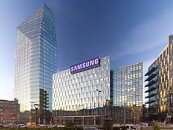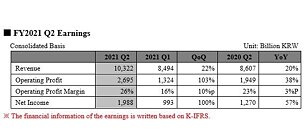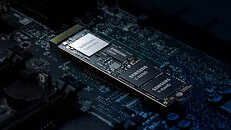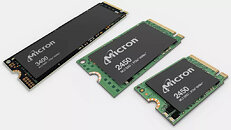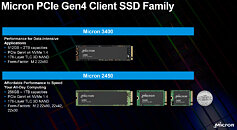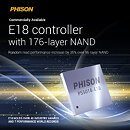AI Demand Drives Rapid Growth in QLC Enterprise SSD Shipments for 2024
North American customers are increasing their orders for storage products as energy efficiency becomes a key priority for AI inference servers. This, in turn, is driving up demand for QLC enterprise SSDs. Currently, only Solidigm and Samsung have certified QLC products, with Solidigm actively promoting its QLC products and standing to benefit the most from this surge in demand. TrendForce predicts shipments of QLC enterprise SSD bits to reach 30 exabytes in 2024—increasing fourfold in volume from 2023.
TrendForce identifies two main reasons for the increasing use of QLC SSDs in AI applications: the products' fast read speeds and TCO advantages. AI inference servers primarily perform read operations, which occur less frequently than the data writing required by AI training servers. In comparison to HDDs, QLC enterprise SSDs offer superior read speeds and have capacities that have expanded up to 64 TB.
TrendForce identifies two main reasons for the increasing use of QLC SSDs in AI applications: the products' fast read speeds and TCO advantages. AI inference servers primarily perform read operations, which occur less frequently than the data writing required by AI training servers. In comparison to HDDs, QLC enterprise SSDs offer superior read speeds and have capacities that have expanded up to 64 TB.

































